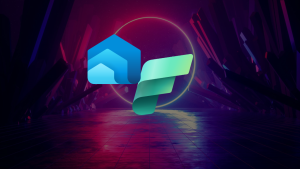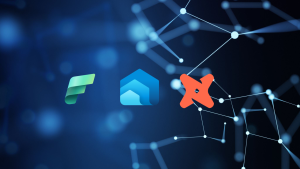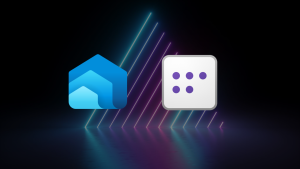Microsoft Learn
The Microsoft Learn portal is a great free learning resource published by Microsoft covering a wide selection of technology including Microsoft Fabric, Azure, SQL Server, and Power BI.
Microsoft Fabric
These 4 learning plans cover 25 hours of self-paced training for Microsoft Fabric. I recommend starting with Get Started with Microsoft Fabric before continuing with the more subject-area focused learning plans.
- Get started with Microsoft Fabric – Training | Microsoft Learn
- Implement a Lakehouse with Microsoft Fabric – Training | Microsoft Learn
- Implement data science and machine learning for AI in Microsoft Fabric – Training | Microsoft Learn
- Implement Real-Time Analytics with Microsoft Fabric – Training | Microsoft Learn
Synapse Analytics
- Learning Path (2 hr 44 mins): Build data analytics solutions using Azure Synapse serverless SQL pools
- Module: Explore Azure Synapse serverless SQL pools capabilities
- Module: Query data in the lake using Azure Synapse serverless SQL pools
- Module: Create metadata objects in Azure Synapse serverless SQL pools
- Module: Use Azure Synapse serverless SQL pools for transforming the data in the lake
- Module: Serve the data from Azure Synapse serverless SQL pool
- Module: Secure data and manage users in Azure Synapse serverless SQL pools
- Learning Path: Work with Hybrid Transactional and Analytical Processing Solutions using Azure Synapse Analytics
Serverless SQL Pools
Serverless SQL Pools are part of the Azure Synapse Analytics cloud data warehousing and big data analytics service. The service enables querying file-based data (CSV, Parquet and JSON) stored in an Azure Storage & Data Lake Gen2 storage account and document-based data stored in Azure Cosmos DB by using familiar T-SQL. The service enables data roles such as Data Engineers and Data Analysts to query from storage and also to write data back to storage. The following are 3 common use-cases for Serverless SQL Pools.
Data Exploration
Analyse CSV, Parquet, & JSON data stored in Azure Storage using common T-SQL commands. Query Cosmos DB in real-time. Extract schema information to understand the structure of data.
Logical Data Warehouse
Create a relational structure over disparate raw data stored in Azure Storage, Cosmos DB, & the Dataverse without transforming and moving data. Data is available for immediate querying without further data loading.
Data Transformation
Data stored in Azure Storage and Cosmos DB can be transformed at scale using T-SQL and the resultant dataset returned to BI tools or loaded into a data store (SQL Database, Dedicated SQL Pools, Data Lake).




